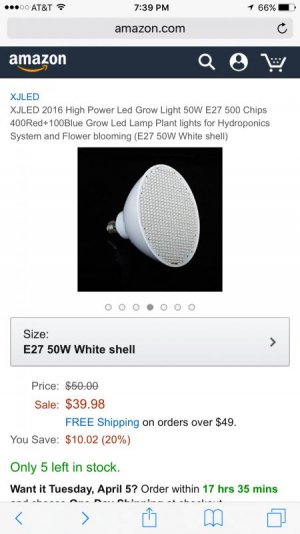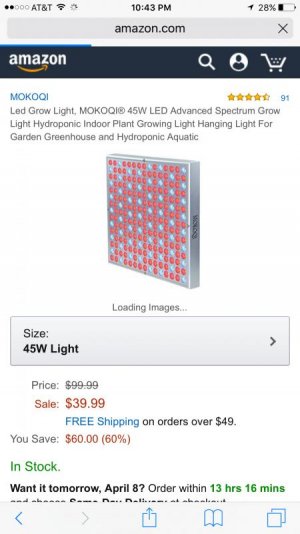Floyd R Turbo
Either busy or sleeping
So if I understand this correctly for my 150 gallon tank, I would need the following; 15" heigh
By 10" wide then I would need a flow rate of 350gph not including any losses. That would also need to be light on both sides too. Lighting I'm ok with
That's the old guideline - see the post #'s in my sig for the updated basics. Size according to feeding: 12 sq in of screen (LxW) lit on both sides for every cube of food fed per day (average).
I use tank size as a secondary factor, once you get into the 150-200g range, then I start to look at the ratio of the tank volume to the water flow rate across the screen. Right now my rule of thumb is if you are approaching 1:1 then you need a wider screen (more overall flow) and that might mean if you only feed 2 cubes/day you might built a scrubber that is sized for 4 cubes/day, just to get the turnover rate. Plus, with a larger tank you have room to grow and might end up feeding more.
other secondary factors can be existing filtration (which will take part of the load also, thus reducing your required scrubber size) and tank conditions (like a nutrient or algae problem, which might bump you up a bit)


